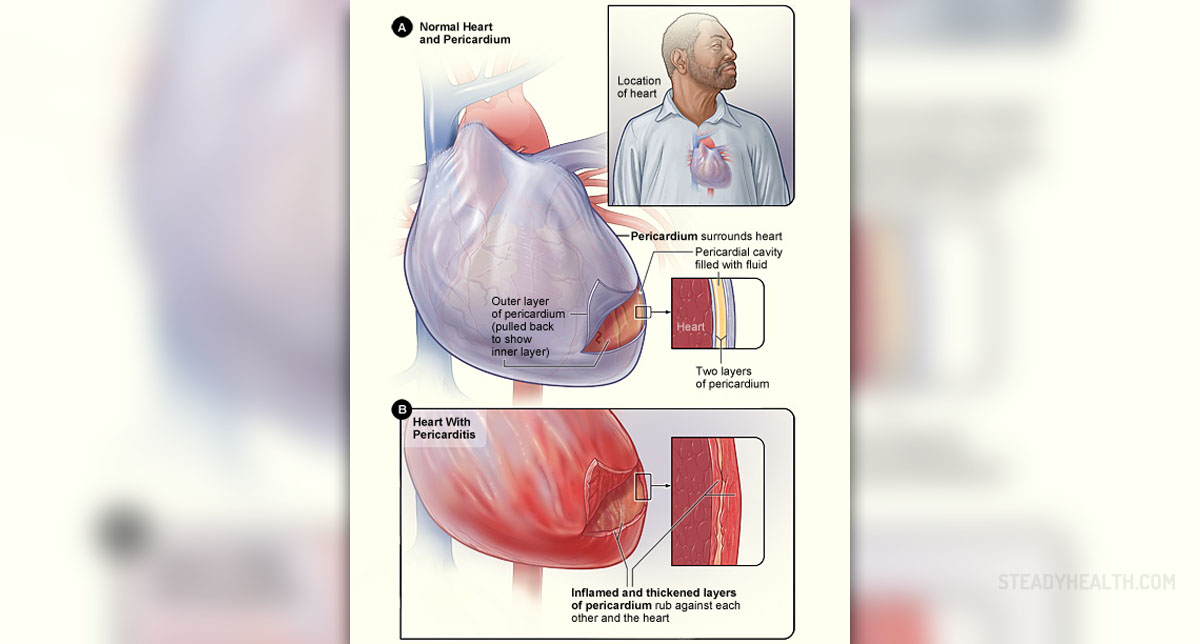
Pericarditis is the inflammation of bag that covers the heart. It can be isolated or associated with myocarditis and endocarditis. It primary manifests as pericardium inflammation or as a secondary phenomenon as part of other diseases.
Cause
There are many factors that lead to the development of pericarditis, so it is classified according to the cause or disease which pericarditis is manifestation or complication: Infectious pericarditis - viral (Coxsackie A and B, echovirus, adenovirus, ebstein-Barr, varicella, mumps, HIV), bacterial (Staphylococcus, pneumococcus, Streptococcus, gram-negative bacteria) and fungal (histplasmosis, aspergillosis, Candida albicans, blastomycosis); parasitic (amebiasis, toxoplasmosis, Echinococcosis). Idiopathic, uremic, neoplastic pericarditis (metastatic lung cancer, breast cancer, melanoma, leukemia), pericarditis during myocardial infarction, pericarditis associated with connective tissue diseases (systematic lupus erythematosus, rheumatoid arthritis, scleroderma, rheumatic fever), pericarditis as part of other inflammatory diseases (sarcoidosis, amyloidosis,), pericarditis caused by medication, and pericarditis after myocardial and pericardial damage.Complications
Acute pericarditisDry pericarditis is a syndrome caused by mostly viral pericardial inflammation. At the beginning appears fever, muscle pain, sweating, fever, general malaise, loss of appetite. The most characteristic symptom is chest pain, localized behind the sternum which often spreads to the neck and left bled-bone. Pain manifests as squeezing which increases by deep breathing, lying on back, coughing, turning, and reduces by sitting and leaning forward. Exsudative pericarditis - pericardial effusion can occur in response to pericardial damage and can be serous, clear, purulent and hemorrhagic (presence of blood in the outflow). Exudative pericarditis is usually asymptomatic but patient may complaint about constant pain or pressure in the chest, difficult breathing, difficult swallowing, cough, hiccup and hoarseness.Heart tamponade assumes heart compression by increased intrapericardial pressure, which disturbs heart charging. It can be developed in all forms of pericarditis. Patients complain about difficult breathing, chest pain, decreased arterial, elevated venous pressure and reduced amplitude of heart contractions. Consciousness is disturbed and patients are pale, sweaty and breathe rapidly.
Chronic pericarditis Constrictive pericarditis assumes the presence of hard, fibrous or calcified callous pericardium that limits heart charging. The most important clinical symptoms include fatigue, difficult breathing and coughing. Neck veins are swollen, the liver is enlarged, and in advanced stages there are presence of fluid in the abdomen and edema in the lower extremities. Partial pericarditis and partial heart concretion involve appearance of adhesions between two pericardial sheets, between pericardium and the heart or between pericardium and adjacent structures of the thorax. Patients complain about difficult breathing with exertion, chest pain and a feeling of heart skipping. Chronic pericardial effusion means lasting effusion for more than 6 months. Generally it is well tolerated, and there may be a feeling of heaviness in chest, difficult breathing with exertion, cough and hoarseness.
Treatment
Treatment of acute pericarditis includes hospitalization, lying to the termination of pain and body temperature normalization. It uses antimicrobial drugs, analgesics or non-steroidal anti-inflammatory drugs. In persistent cases corticosteroids should be applied.The only effective treatment of heart tamponade is the fluids evacuation. Chronic forms of pericarditis treatment include surgical resection of amended pericardium.









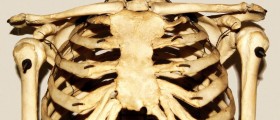

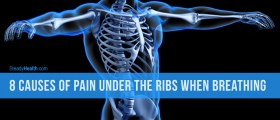
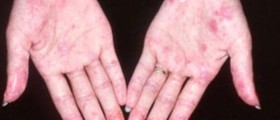
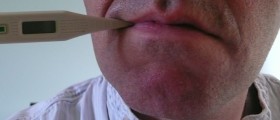

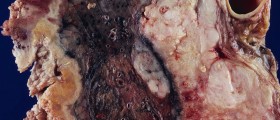
Your thoughts on this
Loading...